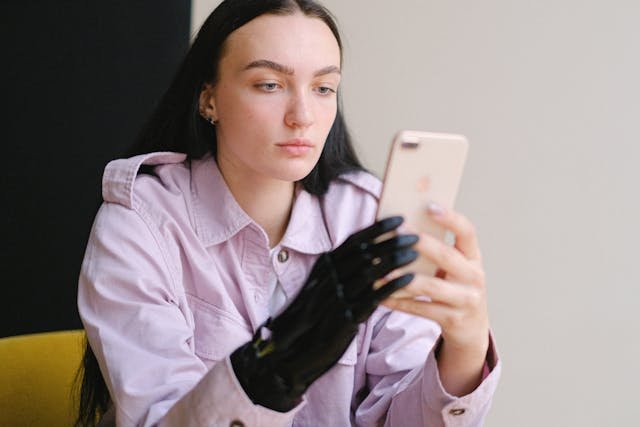Social media is filled with videos showcasing advanced prosthetic technology. Some feature high-tech bionic arms gripping objects with ease, while others show children receiving their first prosthetic limb, their faces lighting up with joy. These videos often go viral, drawing millions of views and inspiring thousands of comments. But do these videos truly help raise awareness about prosthetics, or do they create unrealistic expectations?
While viral content brings much-needed attention to prosthetic technology, it sometimes paints an incomplete picture. It focuses on the moment of excitement rather than the daily realities of using a prosthetic limb. Let’s explore the impact of viral prosthetic videos—how they influence public perception, the potential harm they can cause, and how they can be improved to offer a more accurate and meaningful message.
The Power of Viral Prosthetic Videos
Viral videos play a crucial role in bringing prosthetic technology into mainstream conversations. They capture people’s attention quickly and make complex innovations accessible to a global audience.
Making Prosthetic Technology More Visible
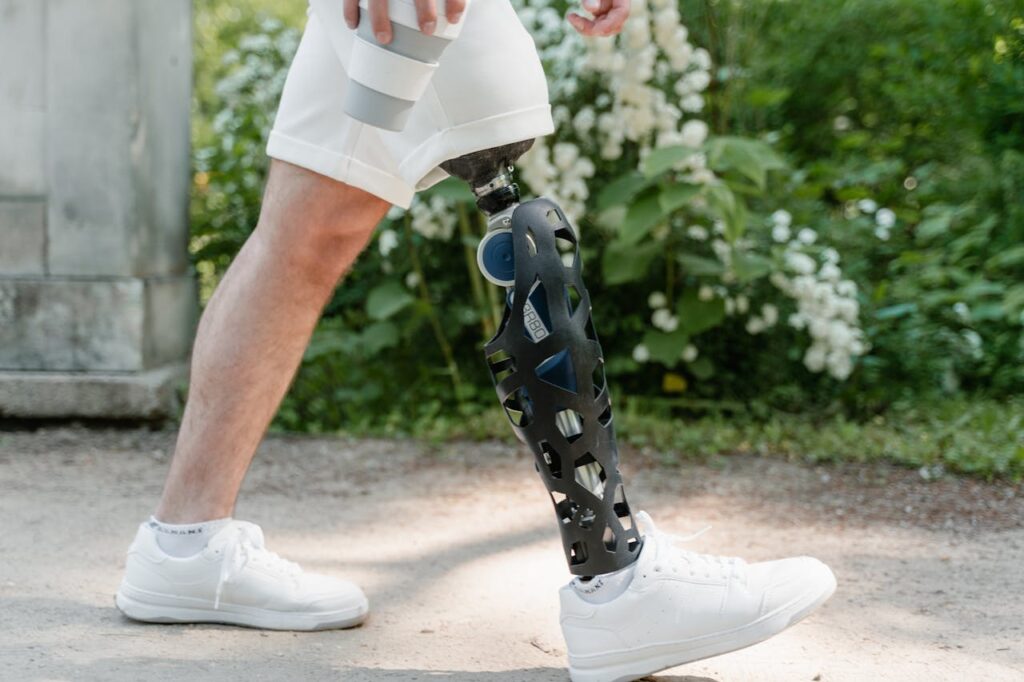
For many people, viral videos serve as their first exposure to modern prosthetics. Seeing a bionic hand effortlessly pick up a glass or a robotic leg helping someone walk can be awe-inspiring. These videos highlight how far prosthetic technology has come, making viewers aware that advanced solutions exist for limb loss.
This visibility is crucial, as prosthetic advancements are often overlooked in mainstream media. By showcasing real people using these devices, viral videos normalize prosthetics and demonstrate that limb loss does not mean the end of independence or mobility. When millions of people watch a video of a child receiving a 3D-printed arm, it fosters a sense of hope and innovation.
Inspiring Innovation and Investment
When prosthetic videos gain traction online, they catch the attention of researchers, engineers, and investors. A viral clip demonstrating a breakthrough in prosthetic movement or grip strength can attract funding for further development. Seeing real users interact with new devices also provides valuable feedback for designers, helping them understand what works and what needs improvement.
Companies and research institutions benefit from this exposure, as viral content showcases the demand for better prosthetics. Increased visibility can lead to greater financial support, making advanced prosthetic solutions more widely available.
Encouraging Inclusivity and Representation
Viral videos can also play a role in changing social attitudes toward disability. They show individuals with prosthetics leading active, fulfilling lives, challenging outdated stereotypes about limb loss. When these videos go viral, they help normalize disability and push for greater accessibility in society.
Viewers who may have never interacted with a prosthetic user before are given a new perspective. Instead of seeing disability as a limitation, they begin to recognize the potential of modern technology to improve lives. This shift in perception can lead to better policies, workplace inclusivity, and social acceptance of prosthetic users.
The Problems with Viral Prosthetic Videos
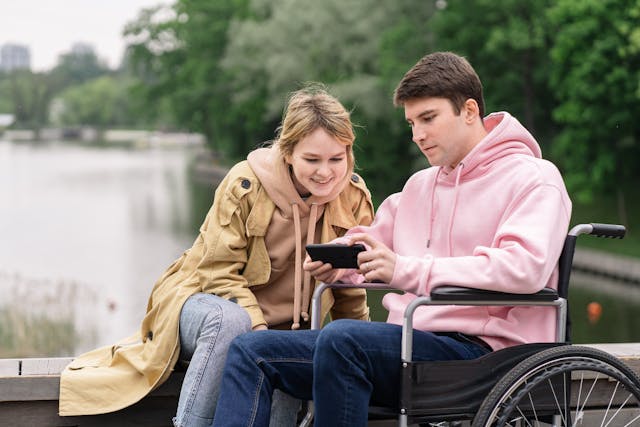
While viral videos can spread awareness, they also create challenges. They often present an overly simplified or exaggerated version of prosthetic technology, leading to misconceptions about what these devices can actually do.
Creating Unrealistic Expectations
One of the biggest issues with viral prosthetic videos is that they often highlight only the most advanced, high-tech devices. Bionic hands that move with thought, robotic legs that allow running, and futuristic prosthetics with built-in AI may look incredible on camera, but they do not represent what most users experience.
Many prosthetic users rely on simpler, more affordable devices that do not have advanced robotic functions. When viral videos make it seem like high-tech bionics are the standard, it can lead to disappointment and frustration for people seeking a prosthetic solution. The reality is that not everyone can access these advanced devices due to cost, availability, or personal needs.
Over-Simplifying the Prosthetic Journey
Another issue is that viral videos often focus on the emotional “reveal” moment—the child receiving their first prosthetic, the veteran getting a new bionic arm, or the user effortlessly picking up objects. While these moments are heartwarming, they do not show the full picture.
Prosthetic use involves a long adjustment process. It takes time to learn how to control a prosthetic limb, and there are challenges along the way, including discomfort, maintenance, and training. Viral videos rarely highlight these aspects, giving the false impression that prosthetics work perfectly from the moment they are fitted.
This lack of context can make it difficult for new prosthetic users who struggle with adaptation. They may feel discouraged if their experience does not match what they saw in a viral video. Media should include more honest portrayals, showing not just the success stories but also the daily realities of living with a prosthetic limb.
Focusing on Emotional Appeal Over Practicality
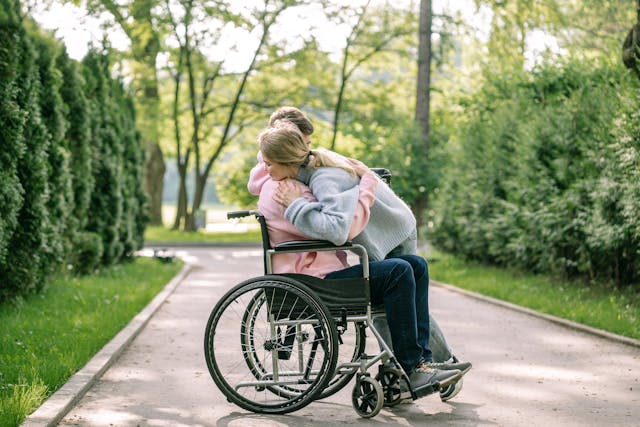
Many viral prosthetic videos are designed to evoke an emotional response rather than provide useful information. While they succeed in making viewers feel inspired or moved, they rarely discuss practical aspects such as affordability, accessibility, and long-term usability.
For example, a video of a prosthetic arm with advanced AI may gain millions of views, but it does not mention that such devices can cost thousands of dollars and are not covered by many insurance plans. This lack of information can create frustration for those who need prosthetics but do not have access to high-end technology.
By prioritizing emotion over education, viral videos can sometimes do more harm than good. More balanced content should include details about real-life challenges, costs, and the importance of rehabilitation.
How Viral Videos Can Be More Responsible
While viral videos have the potential to spread valuable awareness, they need to be created with responsibility. A more thoughtful approach can ensure that these videos educate, inform, and inspire without creating false hopes or misunderstandings.
Showing the Full Prosthetic Experience
Rather than focusing only on dramatic “before and after” moments, videos should showcase the entire journey of using a prosthetic limb. This includes the fitting process, learning curve, maintenance, and day-to-day functionality. By including these details, videos can provide a more realistic perspective for potential prosthetic users.
At Robobionics, we emphasize the importance of rehabilitation and adaptation. A well-fitted prosthetic is only the first step—users must also train their muscles, practice grip control, and build confidence in using their device. Viral content should highlight these aspects so that audiences understand that prosthetic use is a process, not an instant transformation.
Highlighting a Range of Prosthetic Options
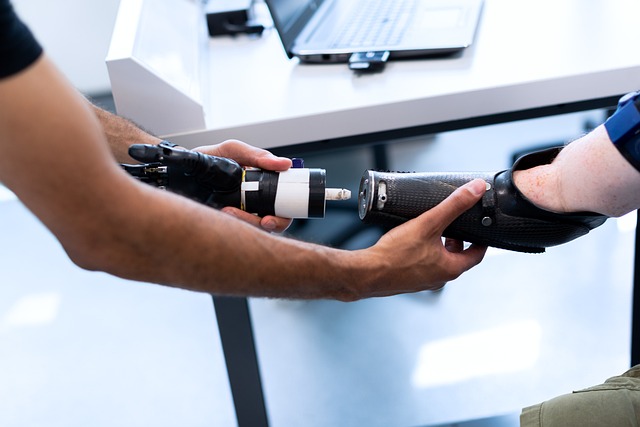
Instead of showcasing only the most futuristic devices, viral videos should include a variety of prosthetic options. This means highlighting mechanical limbs, affordable 3D-printed solutions, and everyday assistive devices, not just robotic bionics.
By showing different types of prosthetics, videos can provide a more inclusive view of what is available. Viewers who need prosthetic solutions will have a clearer understanding of what might work for them based on their lifestyle, needs, and budget.
Including Education on Accessibility and Costs
A responsible viral video should go beyond visuals and emotions—it should also provide useful information. This includes details on how prosthetic technology is funded, what options are affordable, and what challenges still exist in making these devices more accessible.
At Robobionics, we advocate for cost-effective prosthetic solutions that balance functionality and affordability. Viral videos that discuss real-world accessibility challenges can help push for better policies, more funding, and wider availability of prosthetic technology.
The Ethical Responsibility of Content Creators and Media Outlets
Viral prosthetic videos don’t just appear by chance—they are carefully created, edited, and promoted by content creators, companies, and media outlets. Because of their influence, these creators have a responsibility to ensure their content is ethical, accurate, and beneficial to the disability community.
Avoiding Exploitation for Views
Many viral prosthetic videos are designed to generate strong emotional reactions, often at the expense of the individual featured. These videos may focus on a child’s tears of joy after receiving a prosthetic limb or a dramatic moment when someone walks again for the first time. While these moments can be genuine, they are sometimes staged or exaggerated to gain more engagement.
This kind of storytelling can feel exploitative if it reduces a person’s experience to a short, emotional clip without considering their full journey. A prosthetic user’s story should not be used simply to generate clicks or profit—it should be told with dignity, respect, and their full consent. Content creators must ask themselves: Am I telling this story to truly educate and empower, or just to go viral?
At Robobionics, we believe in ethical storytelling. When we share success stories, we ensure that users have a voice in how their experiences are presented. The disability community deserves representation that is honest and empowering, not sensationalized for internet engagement.
Ensuring Informed Consent and Representation
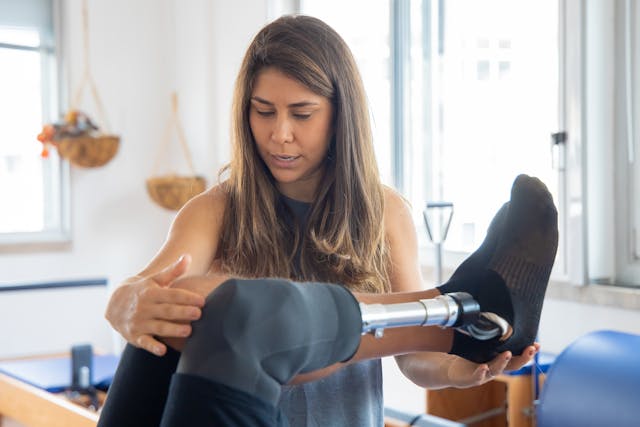
Not all individuals featured in viral videos fully understand how their stories will be used. Some may not realize that their video will be shared across the internet, sometimes without their control. Others may not be comfortable with their emotions being broadcasted to millions of viewers.
Informed consent is crucial in responsible media creation. People should have control over how their images and stories are used, and they should be given the option to withdraw their consent if they feel uncomfortable later on. This is especially important when videos involve children or individuals in vulnerable situations.
Additionally, representation should be diverse and authentic. Viral videos should not only showcase young children or highly active prosthetic users—there should also be representation of older individuals, those with different types of limb loss, and those who use non-robotic prosthetics. Every story matters, and viral content should reflect that diversity.
Collaborating with the Disability Community
The best way to create ethical and meaningful content is to work directly with the disability community. Instead of simply filming prosthetic users for a video, content creators should involve them in the storytelling process. They should ask: How do you want your story to be told? What message do you want people to take away?
Collaboration ensures that the message is accurate and empowering. It also helps avoid stereotypes, misinformation, or an overly simplistic portrayal of prosthetic use. Media companies, influencers, and brands can learn a lot by listening to real prosthetic users rather than assuming what their experiences are like.
At Robobionics, we believe that representation should be shaped by those who live with prosthetics every day. We encourage open conversations and shared storytelling that highlights the real, diverse experiences of prosthetic users.
How Companies and Brands Can Create Responsible Prosthetic Marketing
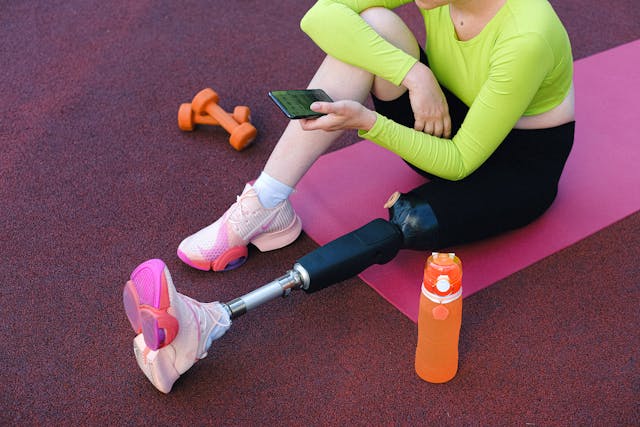
Prosthetic technology companies play a key role in shaping public perception through their marketing efforts. While viral videos can be powerful promotional tools, they should be created responsibly to avoid spreading misinformation or creating unrealistic expectations. Ethical marketing not only benefits consumers but also builds trust and credibility for prosthetic manufacturers.
Balancing Innovation with Real-World Usability
Many prosthetic companies focus on showcasing their most advanced, high-tech devices in promotional content. Videos of robotic hands moving with precision or prosthetic legs enabling extreme sports are impressive, but they do not always reflect what the average user experiences.
At Robobionics, we believe in highlighting innovation while also being transparent about real-world usability. A responsible marketing campaign should address common questions: How does this prosthetic function in daily life? What are its limitations? What kind of maintenance does it require? Instead of focusing solely on futuristic features, brands should provide honest, practical information about what users can expect.
This approach helps prevent disappointment and ensures that people seeking prosthetic solutions have realistic expectations. By presenting a balanced view, companies can build long-term trust with customers rather than just attracting short-term attention.
Showcasing a Diverse Range of Prosthetic Users
Many prosthetic advertisements and viral marketing campaigns feature young, active individuals engaging in sports, dancing, or performing extraordinary physical tasks. While these stories are inspiring, they do not represent the full spectrum of prosthetic users.
People of all ages, occupations, and backgrounds use prosthetics, and marketing campaigns should reflect this diversity. A person using a prosthetic hand for daily tasks like cooking or typing is just as important to showcase as someone using a running blade for athletics. By representing a wide range of users, brands can ensure that more people feel seen and understood.
At Robobionics, we focus on inclusivity in our marketing by highlighting different experiences, from professionals who use prosthetics in the workplace to individuals adapting to everyday tasks. Every prosthetic journey is unique, and marketing should celebrate that variety rather than focusing only on extreme success stories.
Providing Clear Information on Accessibility and Affordability
One of the biggest issues with prosthetic marketing is the lack of information on cost and accessibility. Many viral campaigns highlight cutting-edge bionic limbs but fail to mention that these devices are expensive and not widely available. This can lead to frustration for people who are interested in prosthetics but find out later that they cannot afford the device they saw in a video.
Responsible companies should be upfront about pricing, insurance coverage, and financial assistance programs. Instead of only promoting the most advanced (and expensive) prosthetic models, brands should also highlight practical and affordable options.
At Robobionics, we are committed to making prosthetic solutions accessible, and we believe that marketing should reflect that mission. By providing clear, transparent information, prosthetic brands can help potential users make informed decisions rather than chasing unrealistic expectations.
Conclusion
Viral prosthetic technology videos have both positive and negative impacts. On one hand, they bring attention to the incredible advancements in prosthetic technology, normalize disability, and inspire innovation. On the other hand, they can create unrealistic expectations, oversimplify the prosthetic experience, and focus too much on emotion rather than practicality.
For viral videos to be truly beneficial, they must present a balanced view. They should educate as much as they inspire, providing accurate information about prosthetic use, accessibility, and the journey of adaptation.
At Robobionics, we believe in empowering people with the right information. If you are considering a prosthetic solution, make sure to look beyond viral videos and seek real-life insights. Book a free consultation with us today and explore prosthetic options that truly fit your needs.



